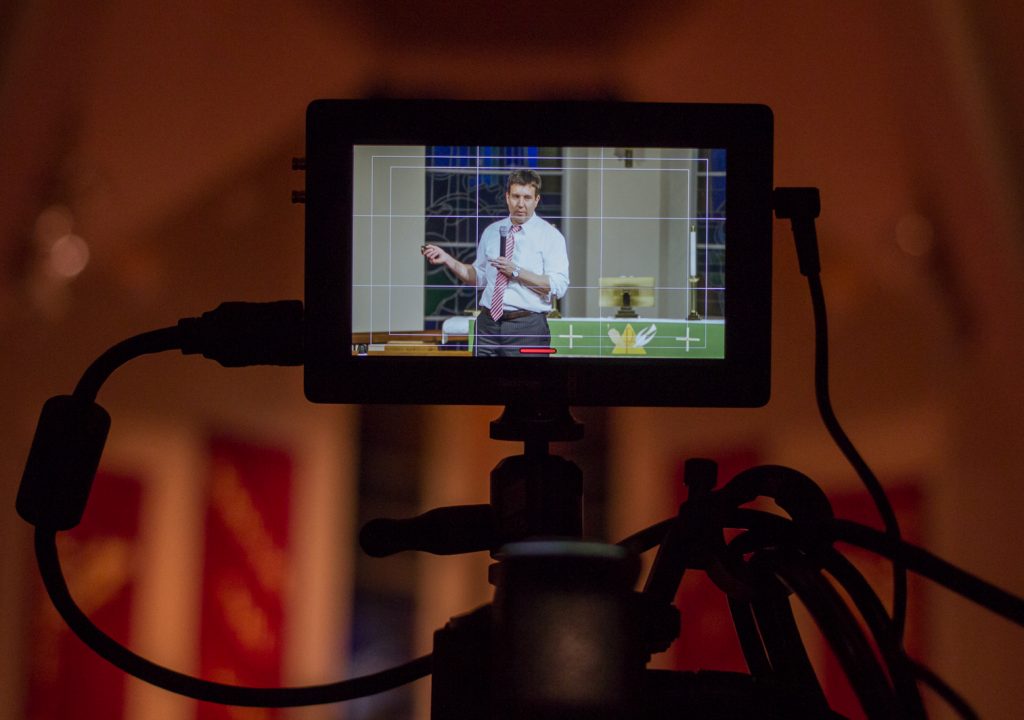With the $459.00 SDI/HDMI Monitor/Recorder does Blackmagic have a hit of a product with the Video Assist on their hands?
***UPDATE***
Blackmagic updated the Video Assist to firmware 1.1. This update gives much needed focus assist features to the monitor/recorder. The full list of updates are:
- Focus Peaking
- Zebra settings
- Central zoom to aid focus
- Timecode over HDMI
- Improved battery info
- Performance and stability updates
***UPDATE***
Let’s get something out in the open right away… Blackmagic has made a very clean and easy to use Monitor/Recorder.
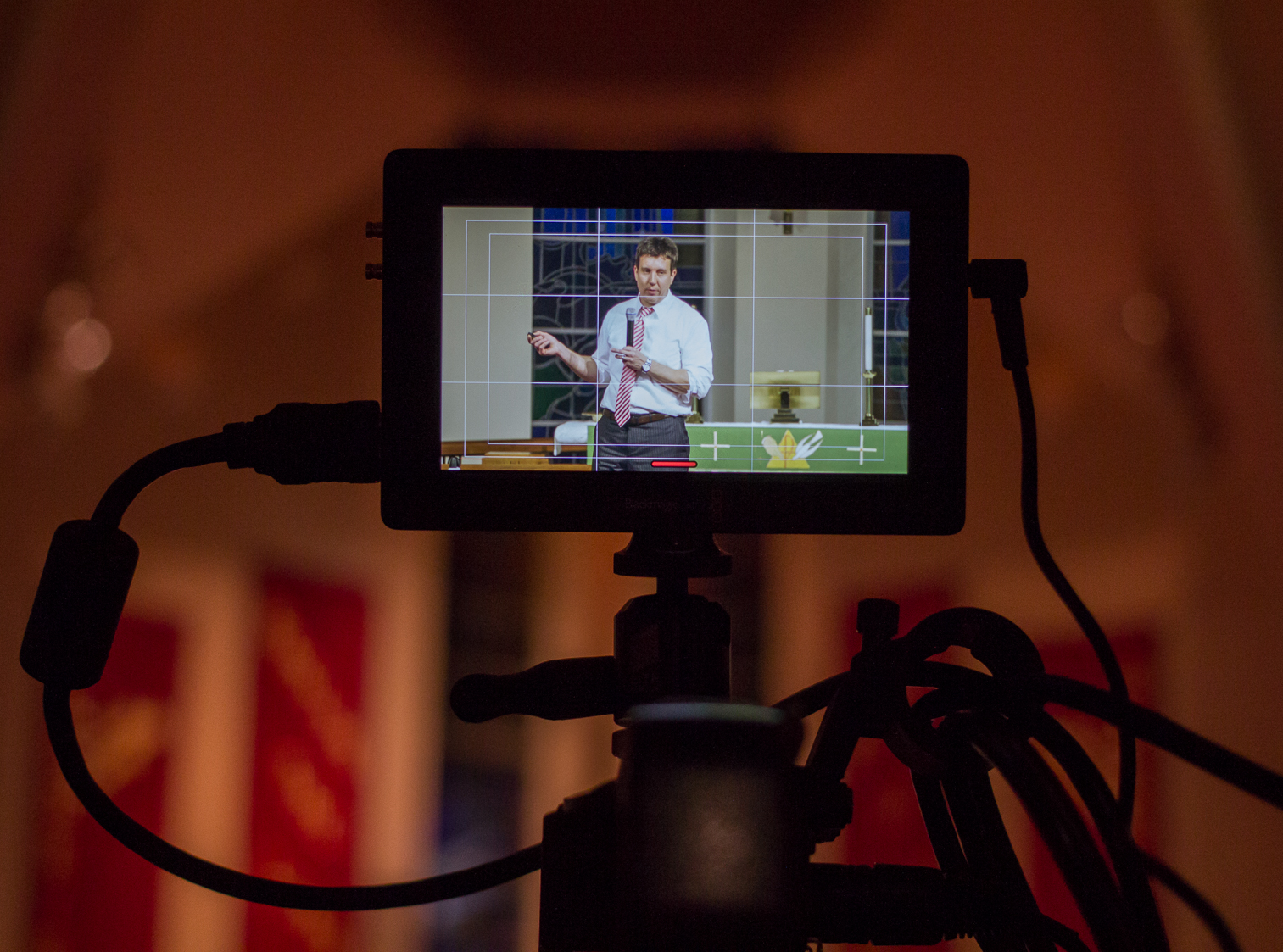
What’s not to like about the BMD Video Assist? The monitor/recorder boasts a micro SDI input/output and a HDMI input/output. It’s powered by Canon LP-E6 batteries, which many of us have a ton lying around, and it records 10bit ProRes HQ files up to speeds of 60fps.
Originally, Blackmagic showed this off at NAB 2015 as a companion piece to the Micro Cinema Camera. Now, our friends at Blackmagic aren’t aloof to other competition, they fully realize their Video Assist competes directly with Atomos and other devices. In many ways the Video Assist is a superior product over the Atomos Ninja or Samurai for the sheer fact the Video Assist boasts both SDI and HDMI inputs/outputs. Double the inputs means way more flexibilty and more flexibility means the Video Assist is going to be used more often. In one swoop, the SDI/HDMI Video Assist made my current 5″ monitor obsolete.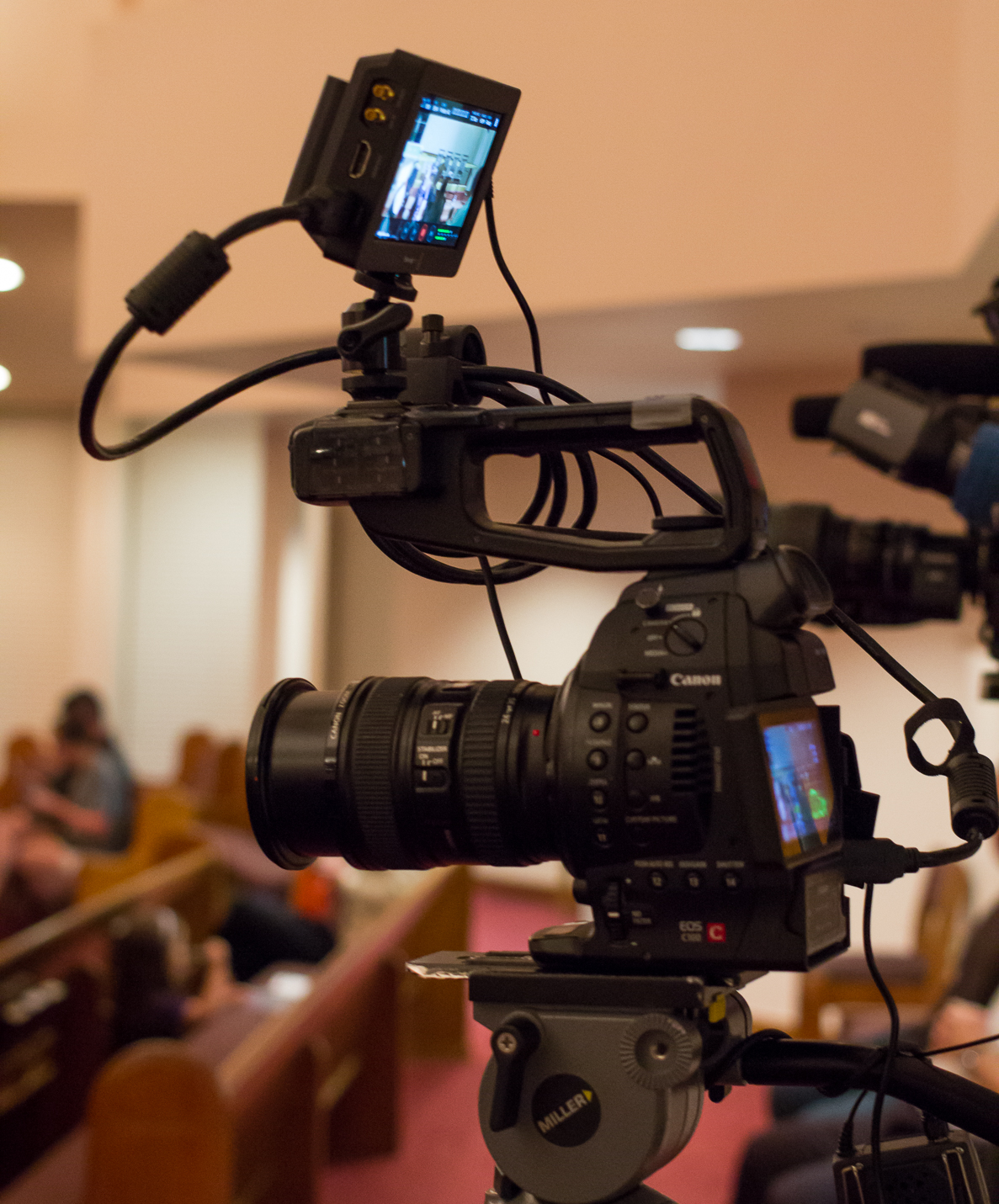
How well did the Video Assist record footage? From the URSA and Cinema Camera, the Video Assist recorded whatever the camera sent out. If it was Video log, the Video Assist recorded 10bit Video log. The same can be said for outputting Blackmagic’s film log too. In the C100, the Video Assist footage had the benefit of recording 10bit over the C100’s 8bit. The Video Assist’s footage was much easier to color grade and overall had better gradations in colors. While recording, the rear fan barely made a sound.
How was the battery life? It was decent. Two Canon LP-E6 batteries lasted me through a three hour shoot. The batteries are hot swappable so I never missed a beat. If I were going out on an all day, 12 hour, shoot I’d bring at least 6 dedicated batteries. 6 will mean you shouldn’t have to scrabble and charge batteries as you’re shooting.
SDI INPUT
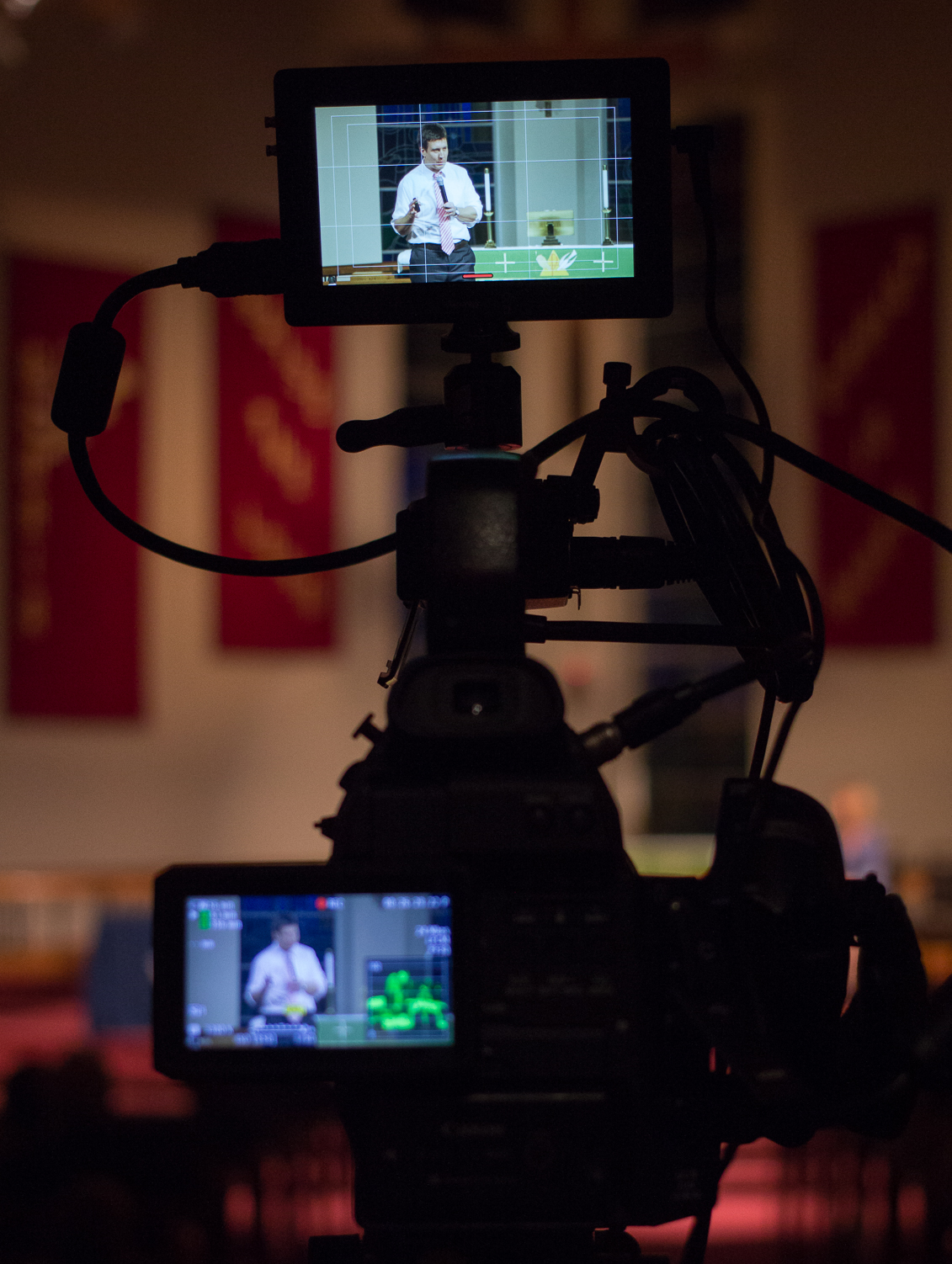 Like nearly all Blackmagic products this recorder has SDI. Though, BMD decided to put the smaller DIN, or Micro, SDI connection on the Video Assist. I assume this decision was to keep the connections small and lightweight, which they succeeded. When I used the SDI input the Video Assist worked like a charm: recognizing the video signal from the camera, no dropped frames, and rec trigger via the camera worked wonderfully. This is no surprise to me since most of Blackmagic’s products have SDI and this workflow seems to be something BMD has down pat. In my case I used the Video Assist to record 1080 proxy files from my URSA, which was recording 4K internally. In this situation, the Video Assist worked wonderfully. One thing to note, the DIN, or Micro SDI connection is on the side. This puts a little bit more pressure on the connection itself. Within time, gravity, or general wear and tear, will cause this side mounted SDI to begin to fail if one doesn’t use a 90 degree connector. Try to take as much weight off the SDI connection as you can to lengthen the Video Assist’s life span.
Like nearly all Blackmagic products this recorder has SDI. Though, BMD decided to put the smaller DIN, or Micro, SDI connection on the Video Assist. I assume this decision was to keep the connections small and lightweight, which they succeeded. When I used the SDI input the Video Assist worked like a charm: recognizing the video signal from the camera, no dropped frames, and rec trigger via the camera worked wonderfully. This is no surprise to me since most of Blackmagic’s products have SDI and this workflow seems to be something BMD has down pat. In my case I used the Video Assist to record 1080 proxy files from my URSA, which was recording 4K internally. In this situation, the Video Assist worked wonderfully. One thing to note, the DIN, or Micro SDI connection is on the side. This puts a little bit more pressure on the connection itself. Within time, gravity, or general wear and tear, will cause this side mounted SDI to begin to fail if one doesn’t use a 90 degree connector. Try to take as much weight off the SDI connection as you can to lengthen the Video Assist’s life span.
HDMI INPUT
HDMI is not seen as often on BMD products as SDI, yet it’s not a totally new beast. With the Video Assist and cameras not manufactured by Blackmagic the HDMI was not as solid or easy to use at the SDI. This is more than likely less Blackmagic’s problem than it is the camera’s HDMI signal out. On the C100, I had to shoot some broadcast material, at 29.97 the HDMI output was 59.94… interlaced. If the output is interlaced the Video Assist recorded interlaced. The second time I shot with the C100, for some strange reason, the camera HDMI output was 29.97p and the Video Assist recorded progressive. Is this a Video Assist problem? Doubtful. It’s more like a moron like myself not fully understanding the menus of a C100… a camera I hardly use… ever.
FLYING THE VIDEO ASSIST ON A RONIN
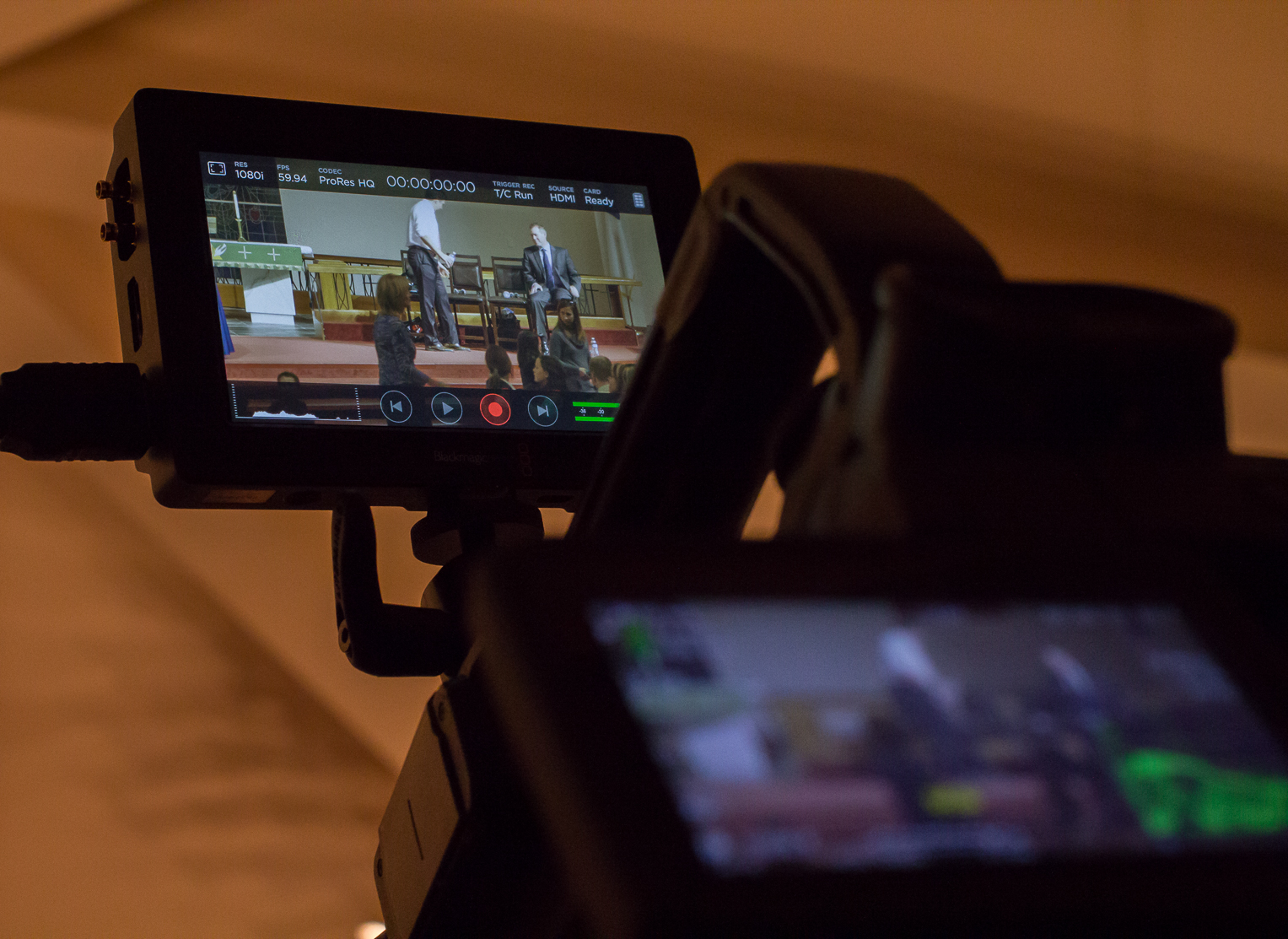 Typically I’m shooting on an URSA or a Blackmagic Cinema Camera. The Cinema Camera lives on a Ronin. Seriously, it rarely comes off the rig. So I wanted to see how well the Video Assist worked as a monitor with the Ronin: recording, monitoring exposure, and watching audio levels. It definitely made life easier. The files recorded on the Video Assist were as gradeable as the BMCC 10bit ProRes HQ. The monitor was bright and easy to see and the audio levels worked and looked just like they do on the Cinema Camera. It was as if Video Assist was an extension of the camera itself, which is how a great monitor/recorder should feel.
Typically I’m shooting on an URSA or a Blackmagic Cinema Camera. The Cinema Camera lives on a Ronin. Seriously, it rarely comes off the rig. So I wanted to see how well the Video Assist worked as a monitor with the Ronin: recording, monitoring exposure, and watching audio levels. It definitely made life easier. The files recorded on the Video Assist were as gradeable as the BMCC 10bit ProRes HQ. The monitor was bright and easy to see and the audio levels worked and looked just like they do on the Cinema Camera. It was as if Video Assist was an extension of the camera itself, which is how a great monitor/recorder should feel.
EXPOSURE TOOLS
These, and the audio meters, feel very Blackmagic. You’ll find a horizontal histogram on the bottom left and the bottom right you’ll find the audio meters. This layout is nearly identical to the overlays found on the Cinema Camera, Production Camera, and Pocket Cinema Camera. What I wish the Video Assist had to help nail exposure was False Color. The URSA EVF has it, why not the Video Assist? The even bigger question, where is the focus assist? To me, these two, False Color and Focus Assist, are necessary for an on-board monitor. Let’s hope Blackmagic Design addresses these left out features in a firmware update. 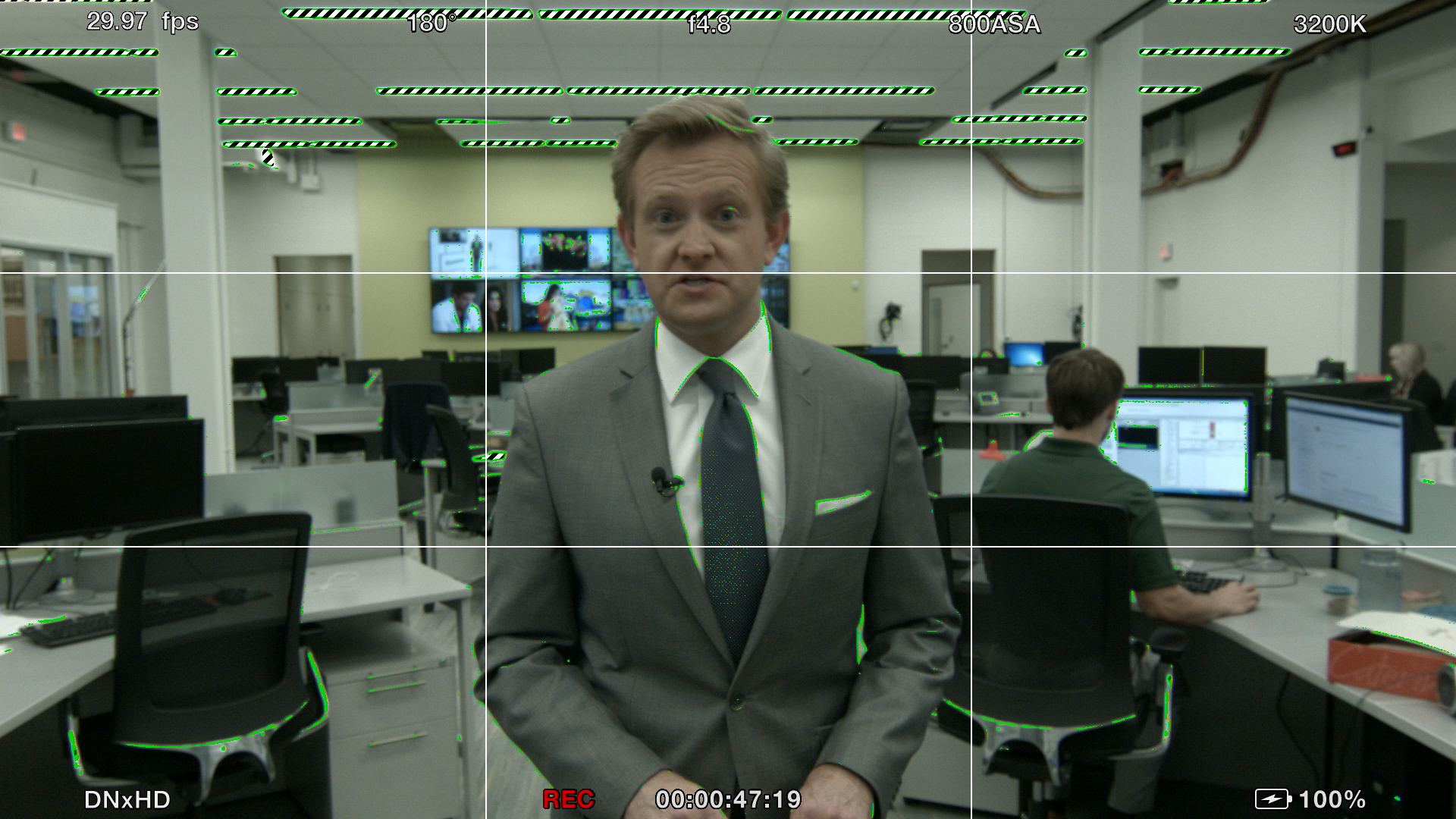
Make sure to turn off the SDI overlays
TOUCHSCREEN
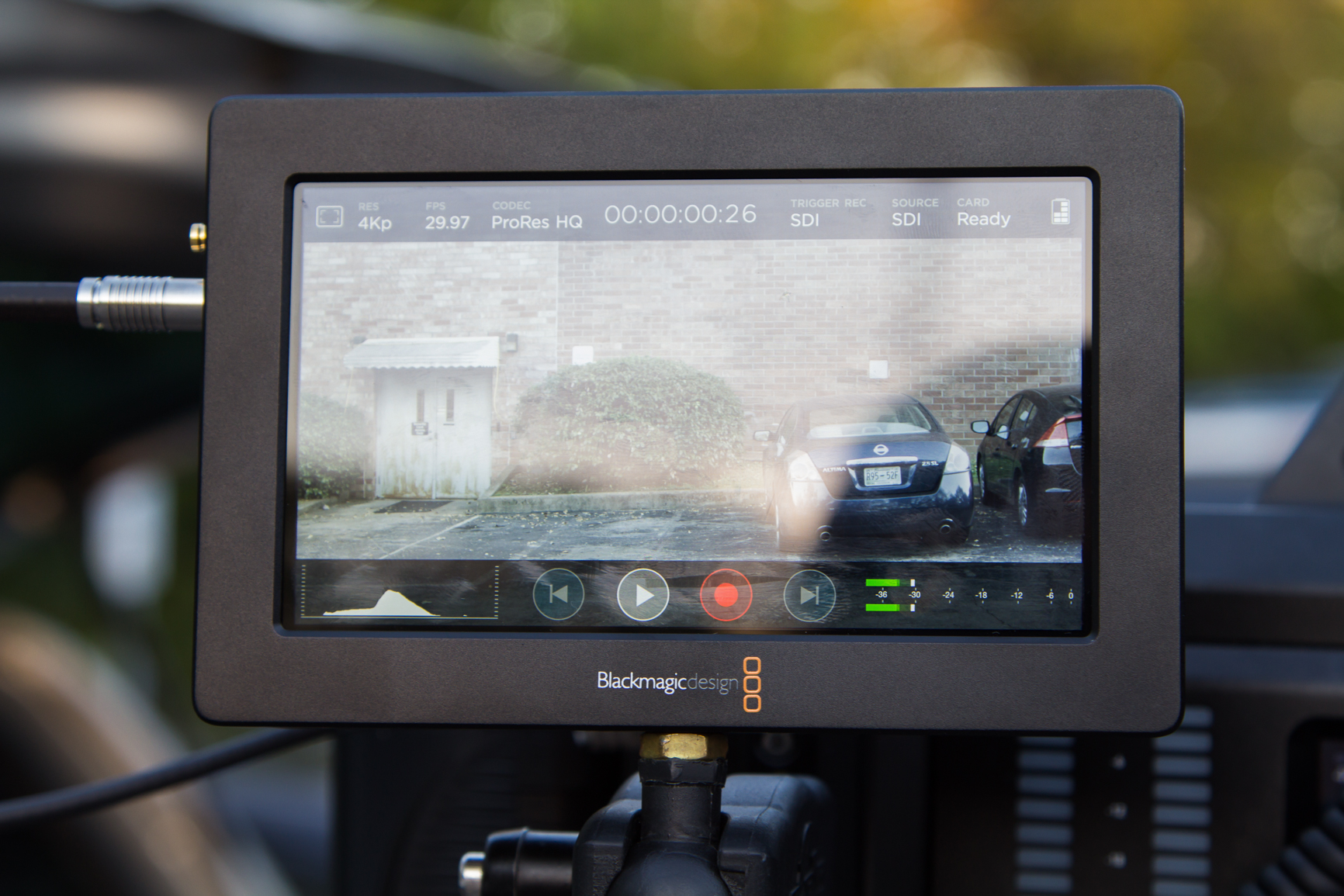 If you have used a smart phone you can use the Video Assist. The screen will re-orient itself when flipped over, and a simple swipe left and right reveals more functions and features. Too bad we can’t pinch to zoom on this monitor, yet. Blackmagic could try taking a feature from their Cinema Camera and Production Camera and allow a double-tap on the screen to a 2X focus assist zoom in. The double finger tap is such a quick and easy way to check focus and I do hope this becomes a firmware feature update.
If you have used a smart phone you can use the Video Assist. The screen will re-orient itself when flipped over, and a simple swipe left and right reveals more functions and features. Too bad we can’t pinch to zoom on this monitor, yet. Blackmagic could try taking a feature from their Cinema Camera and Production Camera and allow a double-tap on the screen to a 2X focus assist zoom in. The double finger tap is such a quick and easy way to check focus and I do hope this becomes a firmware feature update.
How is the screen in bright sunlight? Does it become too reflective like the screens on the Cinema Camera and Production Camera? There is no mistaking some reflection on the Video Assist. There are brightness, contrast, and saturation settings to help one see the picture better in bright sunlight. For me, I’d say the reflections are not too much of a problem. A small visor will help tons too.
In the end, I expect Blackmagic to address the few short comings found in the Video Assist much like they did in just about all of their other products. If that is the case, then the Video Assist will continue to grow into a more robust monitor/recorder in the near future. Wait… bonus mention. Whoever decided to put a kickstand on the Video Assist so it’ll stand up on a flat surface on it’s own… that was a well thought out detail.
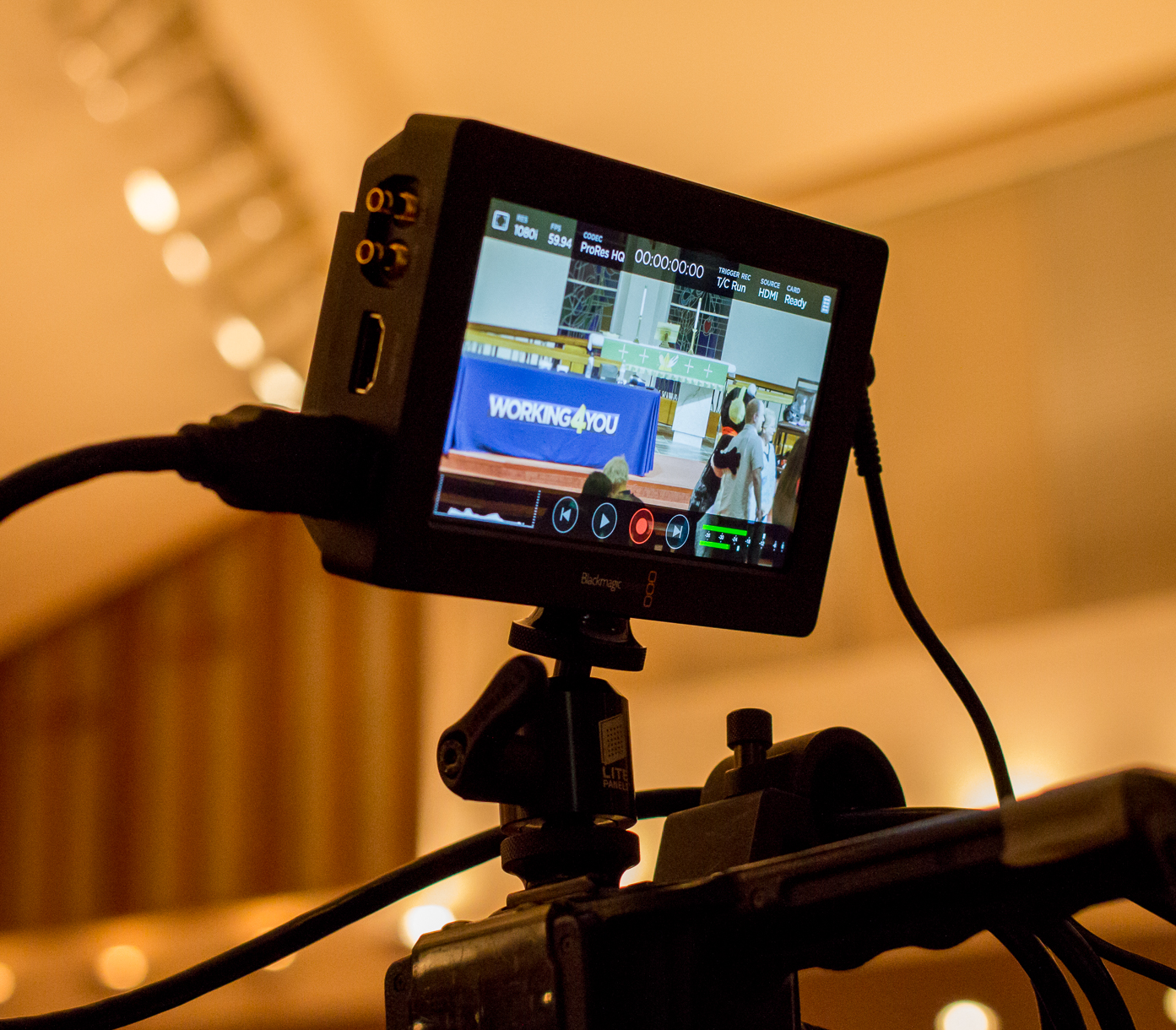
You can find Blackmagic’s Video Assist here.
To learn more about the Blackmagic Video Assist go here.
To see some of my work, you can go here: www.vimeo.com/hallettbrian or on youtube.
You can find me on Twitter: @hallettbrian
Or on Instagram: @thehallett

Filmtools
Filmmakers go-to destination for pre-production, production & post production equipment!
Shop Now